No Skin Required: Healthy Images of Couples in the Korean Media
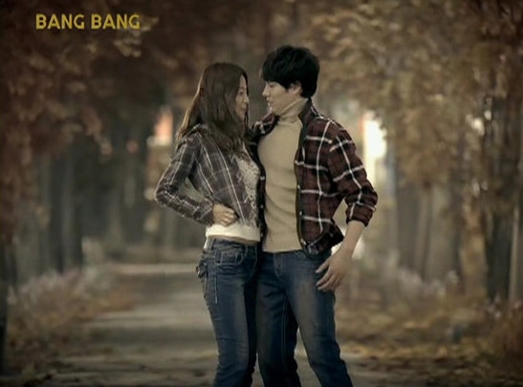 Much as I’d like to always present a sophisticated and hard-hitting persona on the blog, I’d have to admit that the following two commercials from Bang Bang (뱅뱅) are very sweet and endearing, and put big smiles on my wife’s and my faces.
Much as I’d like to always present a sophisticated and hard-hitting persona on the blog, I’d have to admit that the following two commercials from Bang Bang (뱅뱅) are very sweet and endearing, and put big smiles on my wife’s and my faces.
More to the point though, they also provide a timely reminder that if presenting healthy images of couples is the deliberate intention, and (much needed) ones of romantically assertive women in particular, then you don’t need to have them lounging around in their underwear or “accidentally” falling into awkward sexual poses to do so. Ironically however, the first two commercials in this series with Han Ji-hye (한지혜) and So Ji-sub (소지섭) featured precisely that, which makes one wonder if Bang Bang mixed the order up.
Here’s what was said in the first video, a little stranger than it looks:
용감한 데님
[Her] Brave Denim Jeans
난 아직 그녀를 안아줄 용기가 없습니다.
Ji-sub: I haven’t had the courage to hug her yet.
이때 그녀의 데님이 내게 속삭입니다.
But this time, her denim jeans whispered to me.
대신 나를 살짝 잡는거예요.
Ji-hye’s jeans (to Ji-sub): Instead, [you should] softly grab me (the jeans).
그녀의 친구는 나보다 용감합니다.
Ji-sub: Her friend [the jeans] is braver than me!
Be my best, 뱅뱅
Be my best, Bang Bang.
And in the second one from Ji-hye’s perspective, which came out at the same time:
친절한 셔츠
[His] Friendly, Warm-hearted Shirt
이 남자, 아직 내 손도 잡지는 못해요.
Ji-Hye: This man, he hasn’t [even] been able to hold my hand yet...
이때 그의 셔츠가 내게 말합니다.
But then, his shirt spoke to me.
“먼저 내 소매를 잡아봐요.”
Ji-sub’s shirt: First, try grabbing his sleeve.
그의 친구는 내게 친절합니다.
Ji-hye: His friend [the shirt] is very friendly to me!
“Be my best, 뱅뱅”
Be my best, Bang Bang.
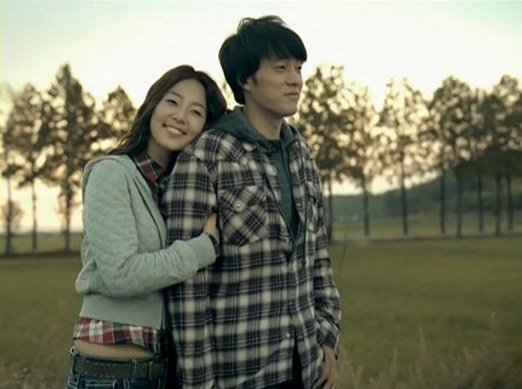 ( Image Sources: Paranzui )
( Image Sources: Paranzui )
All together now: awwwwwww! But seriously, are any readers aware of any earlier Korean commercials featuring couples in which the woman…or her clothes…took the lead in becoming (slightly) more intimate with her partner, like in the first one here? Not that it’s that radical of course, nor – even if it is the first of its kind – that by itself it will make serious dents in Korean social expectations of romantically meek and passive women. Hopefully it is the start of a trend though, and that would indeed make a difference.
Or am I projecting too much from Koreans’ sexual behavior onto their dating behavior? It is true that many Korean women are so concerned about maintaining virginal appearances as to make them feign lack of knowledge of contraception for instance, and so either not provide nor insist on their partners using it, so it seems reasonable to suppose that this passivity would also be the case at earlier stages in their relationships. But this is a generalization of course (which didn’t even apply to my own wife and former girlfriends), and I haven’t actually dated in 9 years either (sigh), so I may be a little out of touch. I’d appreciate it then, if more experienced readers could pass on their own impressions!
Posted in Korean Commercials, Korean Media, Korean Men's Body Images, Korean Sexuality, Korean Women's Body Images Tagged: Bang Bang, 뱅뱅, Han Ji-hye, 소지섭, 한지혜, So ji-sub






 RSS Feed
RSS Feed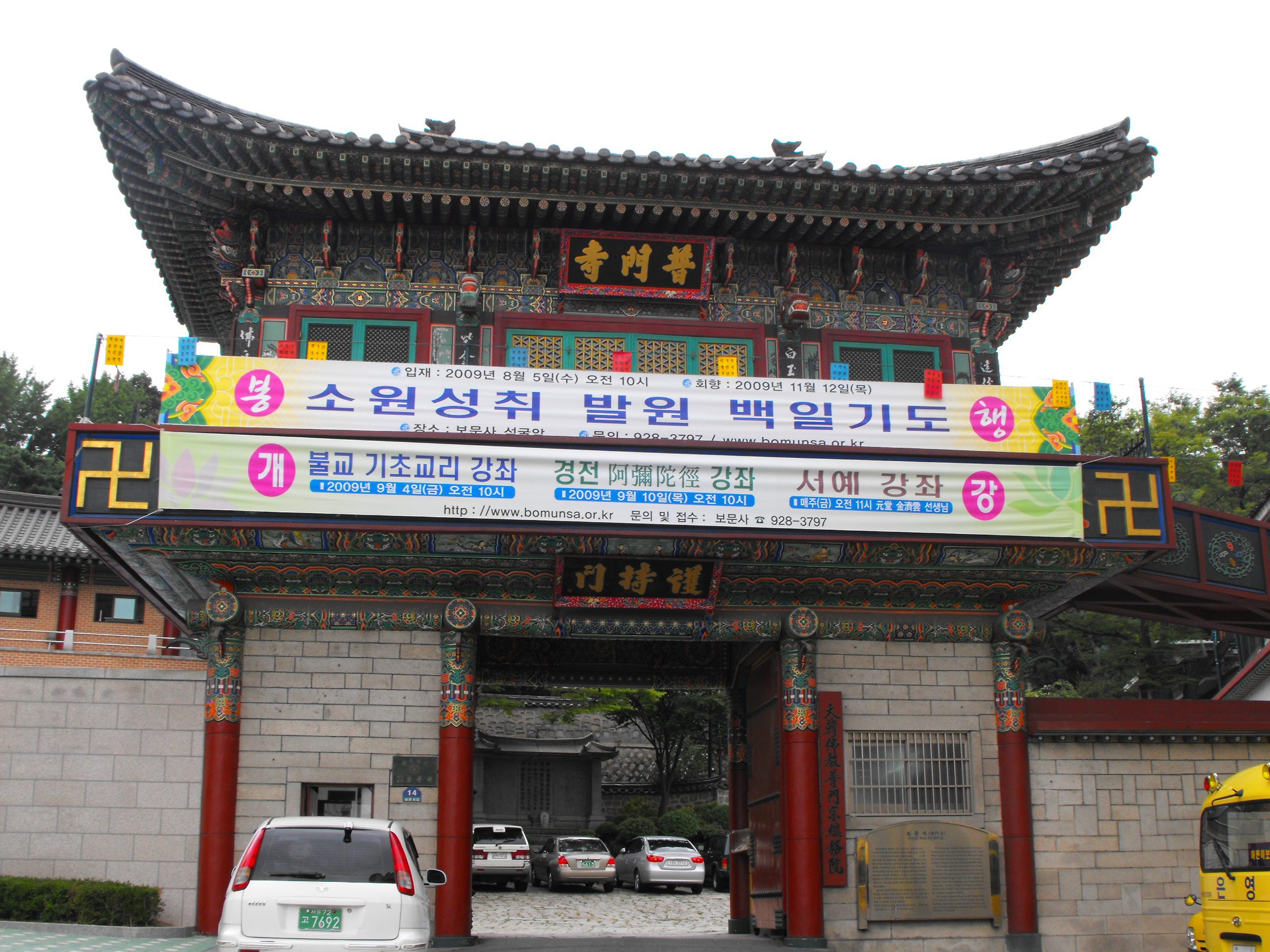
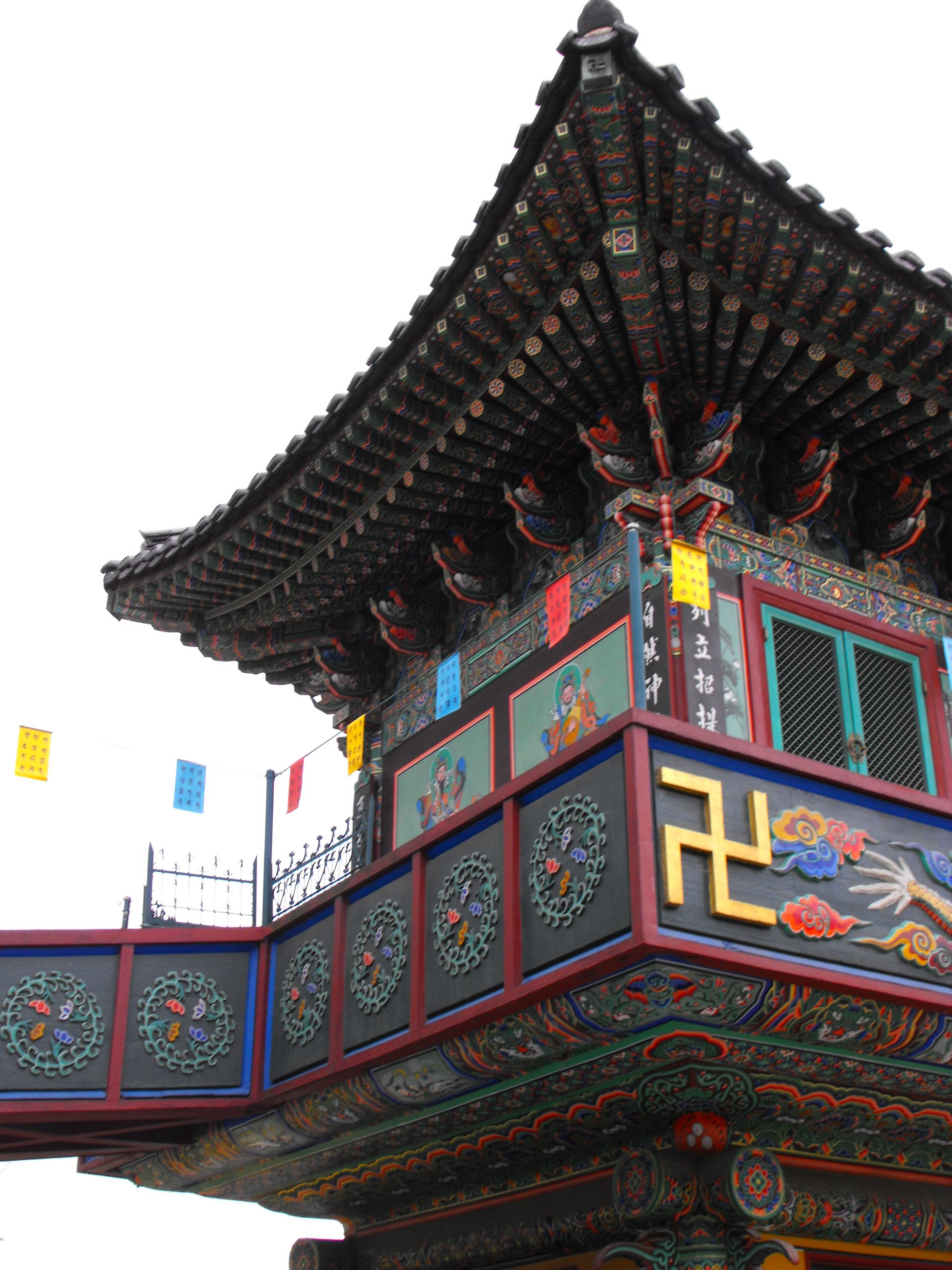






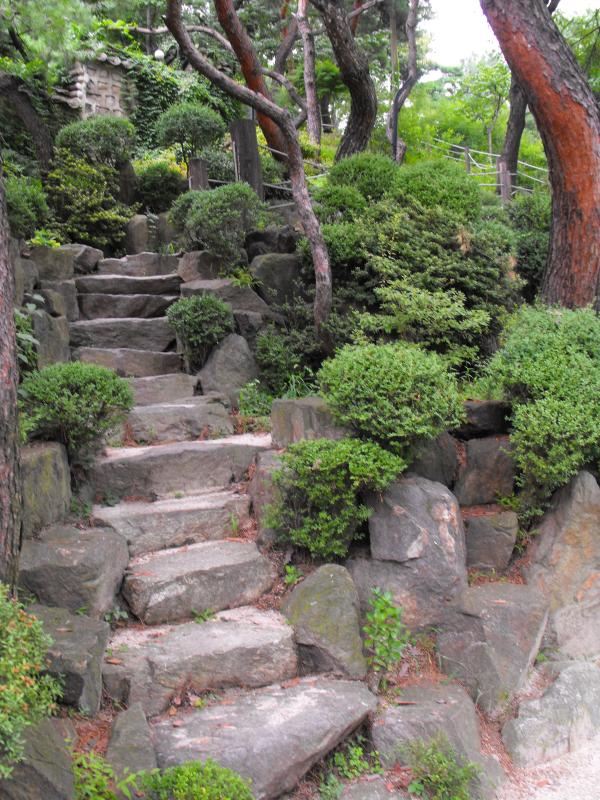







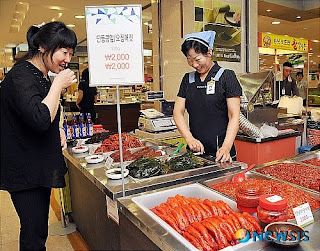

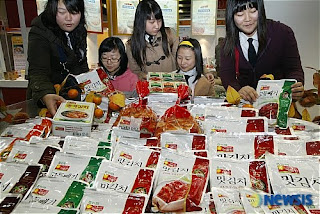






Recent comments